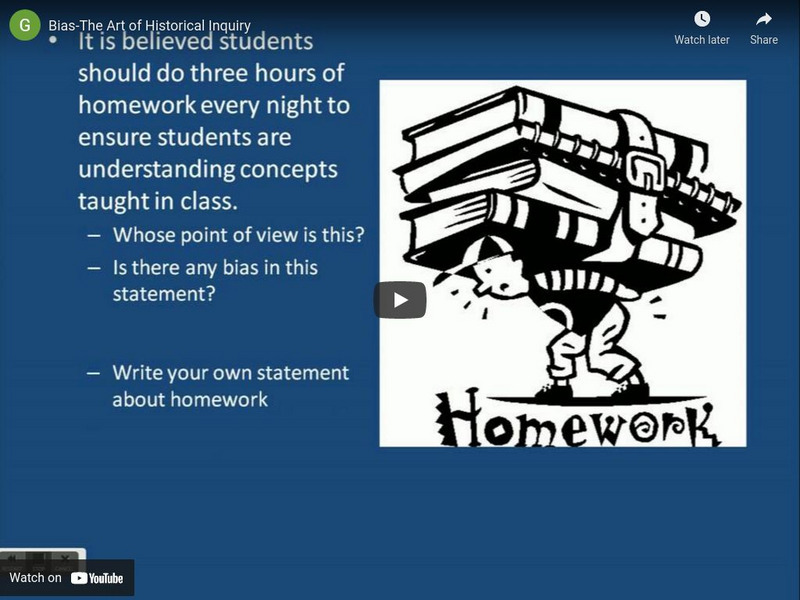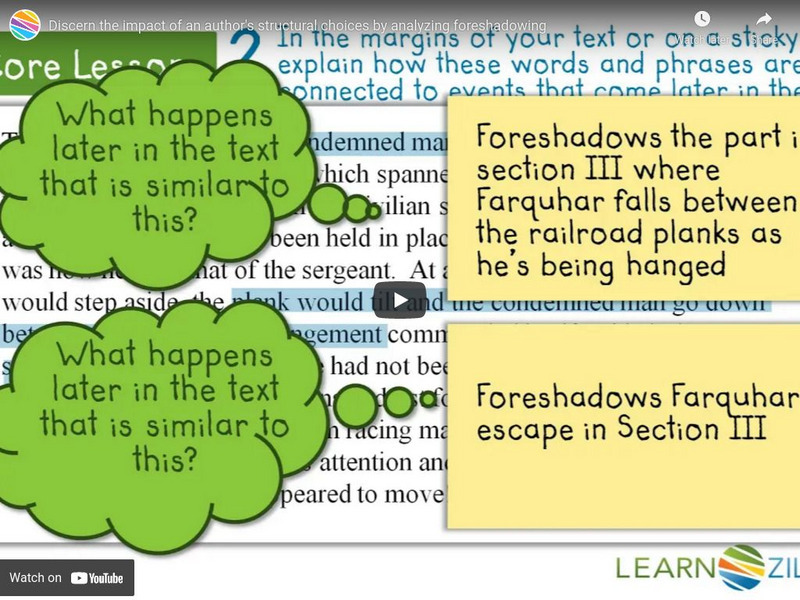Hi, what do you want to do?
Jacob Clifford
Change in Demand vs Change in Quantity Demanded
Introduce your young economists to the completely distinct concepts of change in demand versus change in quantity demanded. Like having a personal economics instructor in your own home, Mr. Clifford guides students through this...
Jacob Clifford
Aggregate Demand Practice
Enlist the support of Mr. Clifford in your lesson on aggregate demand, as the economics instructor explains what the term means and entails, illustrates the downward facing slope of aggregate demand on a graph, and guides...
Jacob Clifford
Aggregate Supply Practice
In less than three minutes, introduce your young economists to the short-run aggregate supply curve, illustrating the production of all goods in the country. The video discusses what can shift the curve on the graph to the...
Jacob Clifford
Money Supply
Mr. Clifford talks monetary policy in another one of his great macroeconomics instructional videos, which includes discussion of the three shifters of money supply: the reserve ratio, discount rate, and open market operations.
Jacob Clifford
Comparative Advantage and Terms of Trade
Introduce your young economists to the concepts of international trade and comparative advantage with Mr. Clifford, a fantastic and tech-savvy economics instructor who uses video to teach economic concepts in an engaging and...
Jacob Clifford
The Phillips Curve
How does the Phillips Curve illustrate the three different places the economy can be in? Follow along with Mr. Clifford as he explains the ins and outs of this graph, including what marks a recession and inflation, and how the curve can...
Jacob Clifford
Economic Growth
How can you use aggregate demand and supply to illustrate economic growth? Savvy economics instructor Mr. Clifford illustrates how interest rates affect aggregate demand and supply in the long and short run, and how long run...
Jacob Clifford
Loanable Funds & Crowding Out
Take a closer look at the loanable funds market and the graph representing how the demand and supply for loans determines the real interest rate in an economy.
Jacob Clifford
Interest Rates: Real vs Nominal Practice
Are interest rates a good or bad thing? Explain to your young economists why the answer depends on such factors as who is buying and lending and what is the inflationary rate, and how this all ties into banking practices and general...
Jacob Clifford
Money Multiplier Practice
Now that your young economists have had an introduction to how the money multiplier affects money supply in general, use this instructional video to guide them in practicing how to calculate the change in money supply given difference...
Federal Reserve Bank
The Fed's Role in Making and Setting Monetary Policy: Part 2
How does the Federal Open Market Committee work to formulate the nation's monetary policy in the United States? As the second segment of a instructional activity on the role of the Fed in setting monetary policy, class members will learn...
Federal Reserve Bank
The Fed's Role in Making and Setting Monetary Policy: Part 1
How does inflation affect the economy, and how can effective monetary policy by the Federal Reserve help control inflation? With the Fisher equation and analysis of annual CPI rates during the 1970s and early 1980s, your...
Federal Reserve Bank
History of Money and Banking in the U.S.
Why was there a lack of confidence in the money and banking system of the early United States government? What historical events led to the establishment of the Federal Reserve System? Here you'll find reading materials and worksheets to...
Crash Course
The Constitution, the Articles, and Federalism
Check out this entertaining, speedy, and highly informative overview of the founding stages of the United States government. The video includes a detailed discussion of the limitations of the Articles of Confederation, the eventual...
Crash Course
The Industrial Economy
Delve into the nitty-gritty of American industrialization in the decades after the Civil War, a period which saw the introduction of a national currency, dramatic population and economic growth, and the birth of the first modern...
Crash Course
The Great Depression
The Great Depression does not fit into a simplistic narrative. This video introduces learners to the complicated and complex nature of this historical event in the United States with a heavy emphasis on the progression of economic...
Other
David Hunter: Historical Analysis and Interpretation
A video featuring methods to gather valuable facts and interpretations and how to differentiate between the two. [5:21]
Crash Course
Crash Course Literature #1: How and Why We Read
This seven minute video series of Crash Course Literature uses lively verbal explanations accompanied by entertaining visuals with a host who provides compelling examples of how and why people read.
Other
Gerald Oehler: Bias the Art of Historical Inquiry
This video provides an examination of bias and point of view and why this is an important skill to know when studying his/her story. [5:30]
Other
Gale Family Library: Primary vs. Secondary Resources
Video explains the difference between primary and secondary sources with examples from the Minnesota Historical Society's collections. [4:18]
Imagine Learning Classroom
Learn Zillion: Video: Use Text Evidence to Make Inferences About a Text's Meaning
In this video, you will learn how to understand the broader implications of a text by making good inferences about strong and thorough textual evidence. [6:07]
Imagine Learning Classroom
Learn Zillion: Draw Inferences From the Text Using Key Details and Evidence
In this video, you will learn how to make inferences by examining key phrases and clues within a text. [6:51]
Imagine Learning Classroom
Learn Zillion: Discern Impact of Author Structural Choices: Analyze Foreshadowing
In this video, you will learn how to discern the impact of an author's structural choices by analyzing examples of foreshadowing in a text. [8:02]
PBS
Pbs Learning Media: Common Sense Ed: Identifying "Fake" News: Resources
What is "fake" news? How do we know it's false? Use these resources from Common Sense Education to help students investigate the way information is presented so that they can analyze what they read and see on the Web. This resource is...




























